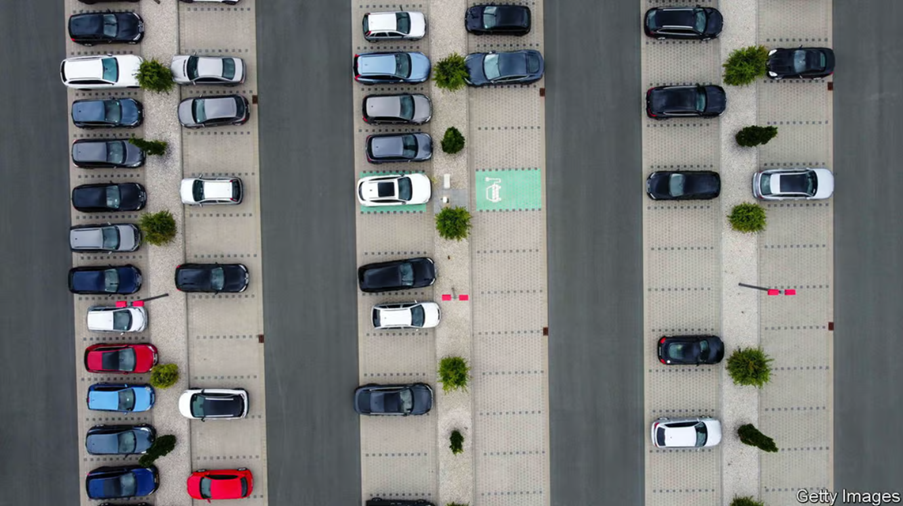Electric cars could be crucial for the EU to meet its climate goals
Sales of EVs are rapidly growing in Europe, with fully battery-powered cars accounting for 12.1% of registered cars in the European Union in 2022, compared to only 1.9% in 2019, according to the European Automobile Manufacturers’ Association. In the last quarter of 2022, alternative powered vehicles including electric and hybrid cars accounted for over 50% of the EU car market, surpassing traditional gasoline-powered cars for the first time.
However, the main challenge for electric cars future is the inadequate charging infrastructure, which is not keeping up with the increasing sales of EVs: “According to ACEA, between 2016 and 2022, sales of electric cars in Europe grew almost three times faster than the number of charging-points that were installed there”.
To achieve the EU’s goal of carbon neutrality by 2050, the number of public charging points needs to increase from around 300,000 to at least 3.4 million and up to 6.8 million by 2030, according to a McKinsey report.
The imbalance in charging infrastructure distribution reflects the cost of EVs, with more charging station in wealthier northern and western European countries.
Yet, due to declining global prices of lithium and other battery production materials, government subsidies, economies of scale resulting from increased production, and intense competition, particularly from Chinese manufacturers, prices for electric vehicles are decreasing at a faster rate than anticipated: “by 2025 or 2026 most car markers will be able to build petrol-powered vehicles and EVs at the same price” predicts Daniel Röska of Bernstein Research.
The charging infrastructure is expected to continue being a significant challenge, as there are concerns that the current regulations surrounding it are not ambitious enough: for example, the Fit for 55 package introduced by the European Commission that aims to increase emission reductions and promote EV adoption, but it still requires member states’ commitment to implement and avoid dilution of the legislation. Read the full article here


